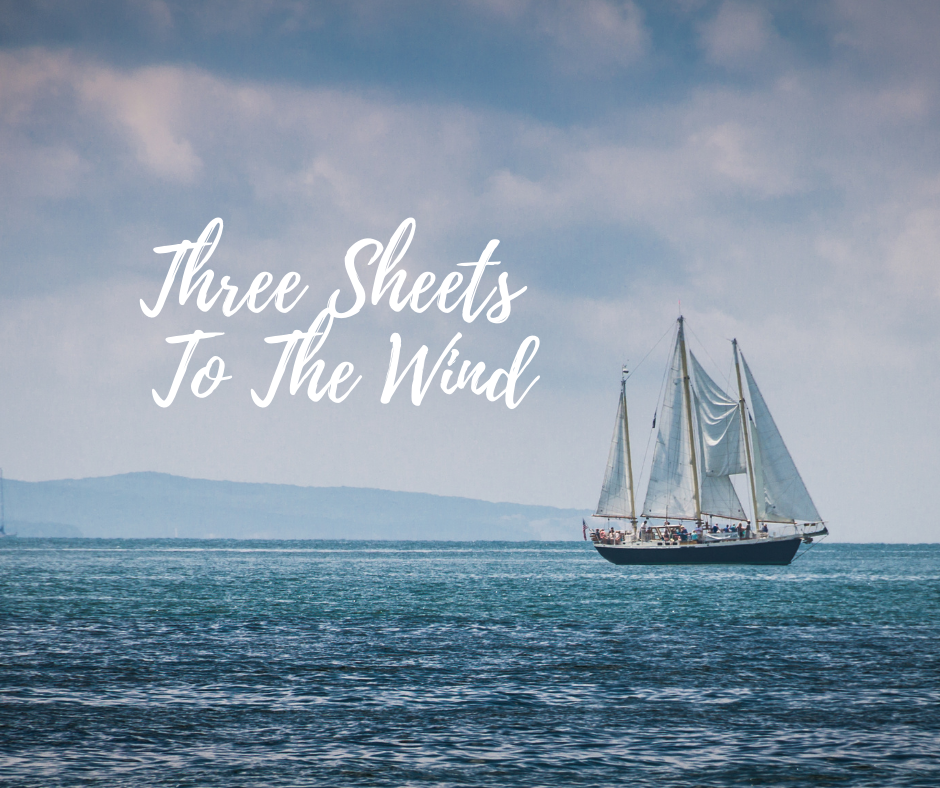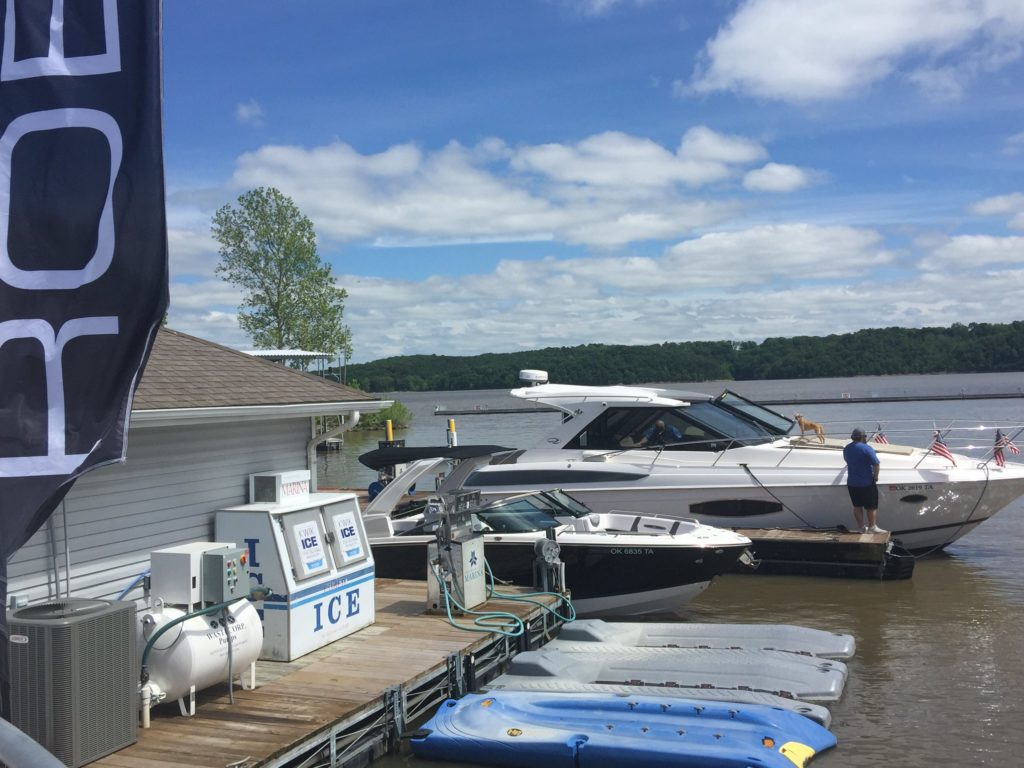There are certain things to avoid so as not to embarrass yourself on a boat. You don’t go to the front of the boat – you go “forward” or “to the bow.” You never go upstairs or downstairs. You go “above” or “below.” You certainly never go “downstairs to the restroom.” You go “below to the head.”
Port and starboard? Why not left and right? Bow and stern? Why not front and back? Is it a boat or a yacht? Or a ship? So, other than to make rookies look foolish, what is the purpose of all these unique terms – and where did they come from? Believe it or not, there are actual reasons for the terms, most of which actually make sense – or at least they did once upon a time.
Starboard: it’s the right side of the boat, but unlike “left” or “right,” it doesn’t change dependent upon the direction you are facing. That’s just a little aside from me. It has nothing to do with the origin of the term. Back before there were rudders – and long before there were outdrives – early day sailors used a large board on the right side of the ship to steer it. A steer board. Actually, in the old English – a steorboard. Eventually, the term became shortened to starboard. (By the way, it’s not pronounced “star board.” It’s “starb’d” or “starbid.”
Port: Naturally, early day sailors didn’t want to damage the critical “steorboard,” so they always docked the boat on the other side – putting it “in port.” That was smart, because the unloading ramps and hatches were on that side of the boat, as well. So, that’s the side that docks at the port – the port side of the boat.
There are some unsubstantiated tales that actually claim the term “posh” describing luxurious accommodations or surroundings actually came from the “port” and “starboard” references. As the story goes, the Peninsular and Oriental Steam Navigation Company, which was the major steamship carrier of passengers and mail between England and India from 1842 to 1970. The P. & O. route went through the Suez Canal and the Red Sea. The cabins on the port side on the way to India got the morning sun and had the rest of the day to cool off, while starboard ones got the afternoon sun, and were still quite hot at bedtime. On the return trip, the opposite was true. The cooler cabins, therefore, were the more desirable and were reserved for the most important and richest travelers. They changed cabins mid-trip – Port out, Starboard home – POSH. It’s probably not true, but it’s a great story.
Bow: why not just the “front,” right? Like most terms, this one has an ancient history dating to the early days of boating and construction of ships. Since the forward part of the boat took the roughest weather and water, it had to be the strongest. The term actually comes from the word “bough” – the branches of a tree directly attached to the trunk of the tree. They were the strongest branches, so their wood was used to build the form of the ship. The “bough” – later shortened to “bow.”
Stern: Yes, it goes back to that same construction plan. The “sternpost” – the rearmost wood on a ship, typically held the rudder. So, where would a “sternpost” be, other than on the “stern?”
Head: it’s obvious why it’s not called a “bathroom” (no onboard baths in the old days), but why not the “restroom?” We’re back to construction and early-day logic. The most forward part of the old ships was the figurehead – often extending beyond to bow. Since the wind was always (hopefully) coming from the back of the ship forward, the facilities to allow sailors to relieve themselves without offending others was at the very front of the ship – at the figurehead. So that’s where they went to take care of those important bodily functions – the facilities up by the figurehead – the head.
The universal plea for help is, of course, “Mayday.” This was actually made official worldwide in 1948. It is the anglicized version of the French Word “m’aidez” (help me).
Lots of terms in common use today were actually nautical terms originally.

Footloose, for example, the term we use to describe folks who do whatever they want no matter what anyone else thinks, was originally a sailing term. When the sails are not attached at the foot, they become difficult to control as they move with the wind. Out of control.
If “footloose” behavior is made considerably more difficult to control because someone is actually “three sheets to the wind,” that has its roots in nautical terminology, as well. When all the sails are loose, the boat becomes unstable and uncontrollable. When all three sails are loose, it leaves all “three sheets to the wind.”
Do people sometimes turn a “blind eye” toward your wishes? That happened with Admiral Nelson in the Battle of Copenhagen in 1801. He was blind in one eye, and would intentionally put his telescope to his blind eye so, while appearing to pay attention, he actually avoided seeing the commander’s flag signal to stop the bombardment.
So, do you have a boat? Or is it a yacht? Or is it a ship? Here are the technical rules – a boat becomes a yacht at 34-feet. I would suggest, though, that you continue to refer to your 34-foot boat as a “boat” unless you want someone at the yacht club to buy you a tee-shirt with “arrogant jerk” printed on it. Yachts are typically built with luxurious accommodations for multiple passengers on long journeys. Hundred-footers? Sure. That’s definitely a yacht. But 34 feet? It’s a fine line.
When you see a large yacht, it’s tempting to whistle and say, “Wow! That thing is a ship!” Well, probably not. Technically, that breaking point is 500 tons. Anything less is a boat. Anything more is a ship. Ships can carry boats. Boats cannot carry ships. That’s an easy way to tell the difference (if you don’t have a 500-ton scale to check it out).
So, don’t embarrass yourself. Use the terms properly and enjoy your time on the water. But do not – do NOT embarrass yourself on a cruise by telling the Captain he has an awesome “boat.”
Happy boating. Or yachting!
